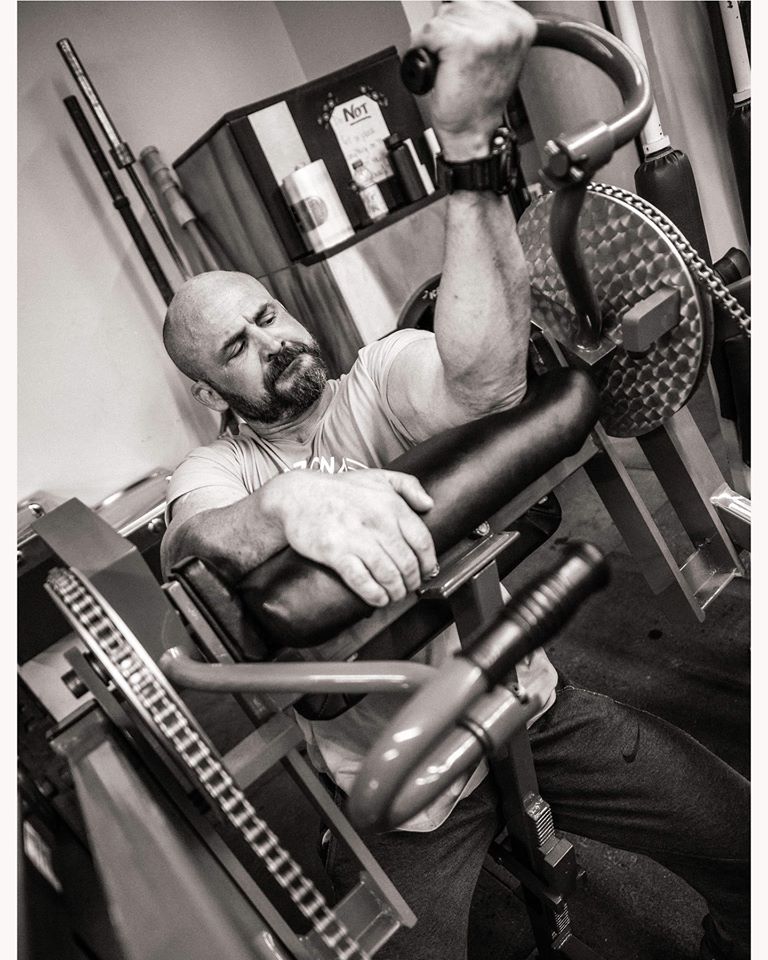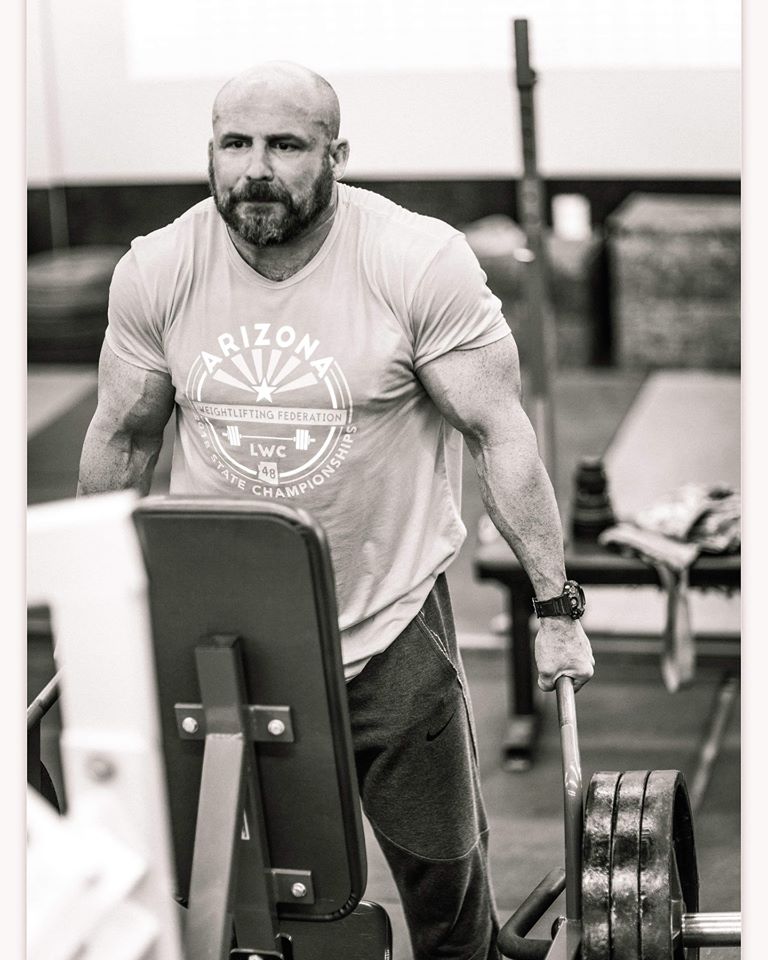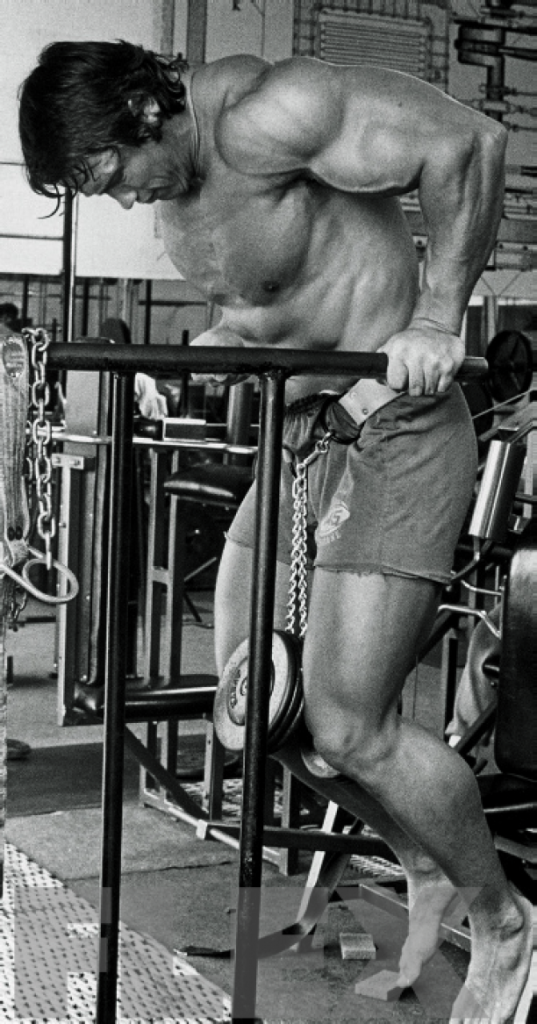In the most basic terms, Hypertrophy refers to an increase in the size of a…
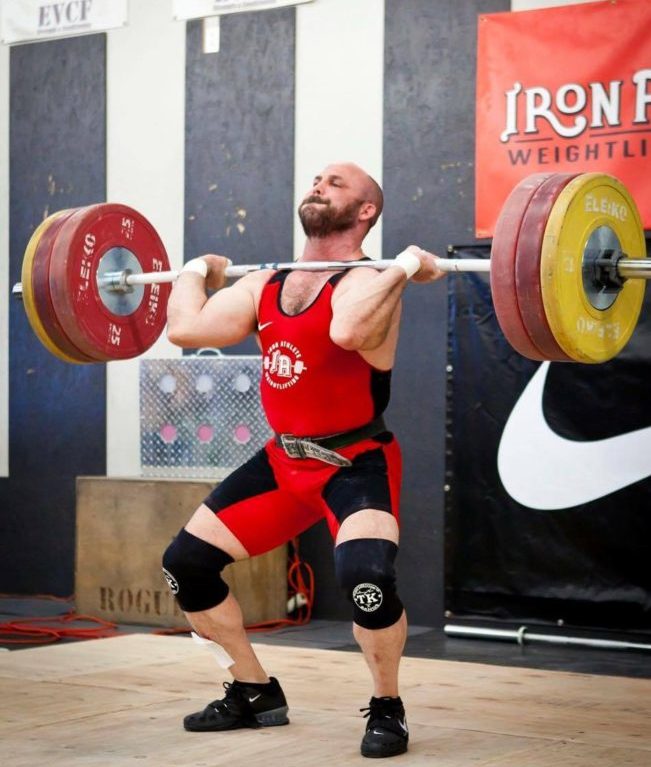
Spice Up Your Training with These 4 Derivatives of the Clean & Jerk
One way of classifying lifts in the sport of weightlifting is to separate them into the following categories:
1. Primary Lifts: Snatch and Clean & Jerk
2. Assistance Lifts: Squats and Pulls
3. Auxiliary Exercises: Everything Else
It is not necessary to train auxiliary exercises at the same intensity or load as the primary lifts or assistance lifts (which is why they’re called exercises instead of lifts). For weightlifters, their primary focus should be on the “lifts.” Auxiliary exercises should be prescribed only for the purpose of improving those lifts. It is important to remember that auxiliary exercises are not an ends in and of themselves. They are a means of improving the primary lifts. When applying auxiliary exercises, then, moderate loading is usually the most beneficial. Jim Napier explains this method of classifying lifts and exercises in his book The Sport of Weightlifting Series: Book 1.
The Primary Lifts can also be referred to as The Competition Lifts, The “A” Lifts, or The Classic Lifts
Reasons to Use Auxiliary Exercises
Limit loading: The auxiliary lifts typically cannot be performed at the same loads as the primary lifts or the assistance lifts. As such, auxiliary lifts can be used to ensure that the athlete doesn’t train heavier than desired. Auxiliary lifts can also be added to complexes in order to limit the weight used in the complex.
Build skill: Performing multiple variations of the primary lifts cultivates a higher level of skill, kinesthetic awareness, and body control. Each of the auxiliary lifts have certain characteristics that emphasize a particular demand of the primary lifts.
Variety: Auxiliary exercises allow for more variety and can foster greater enthusiasm for training. In addition, variety helps diminish the likelihood of overuse injuries.
4 Derivatives of The Clean & Jerk
1. CleanJerk (the words are intentionally pushed together in order to represent the nature of the exercise)
How to do it:
To start the exercise, perform a standard clean. What makes this exercise unique is that you don’t separate the clean from the jerk. The recovery from the clean transfers directly into the drive phase of the jerk. I got this exercise form Ursula Garza Papandrea, so you know it’s got to be fun!
Benefits:
-Builds power in the drive phase of The Jerk.
-Requires that the bar be received in the proper position.
-Demands speed of footwork.
-Develops additional skill/control.
-Fun (everybody loves CleanJerks)
2. Cluster
How to do it:
As with the CleanJerk, you begin with a standard clean. What makes this exercise unique is that you transition directly from receiving the clean into a thruster. This is a potent means of approaching whole-body training. The thruster will typically limit the amount of weight that the athlete can use (relative to the clean or clean & jerk).
Benefits:
-Builds power in the drive phase.
-Requires that the bar be received in the proper position.
-Combines many components of full-body strength training.
-Develops additional skill/control.
-Fun
3. Power Cluster
How to do it:
Drive directly from the receiving position of the power clean into the overhead portion of a thruster. I got this exercise from Erik Lau Kelner.
Benefits:
-Practices receiving the bar in the proper position during a power clean.
-Develops more efficient and powerful barbell cycling (probably the biggest benefit)
-Develops additional skill/control.
-Fun
4. Front SquatJerk
How to do it:
The Front SquatJerk is performed by executing a front Squat from the rack and driving directly into the Jerk.
Benefits:
-Fatigues legs prior to practicing the jerk. Should improve the athlete’s ability to consistently make jerks, particularly after exceptionally taxing clean recoveries.
-Limits the load that the athlete can use.
-Improves conditioning (in terms of weightlifting).
-This one isn’t really that fun.
-Bachelor of Scie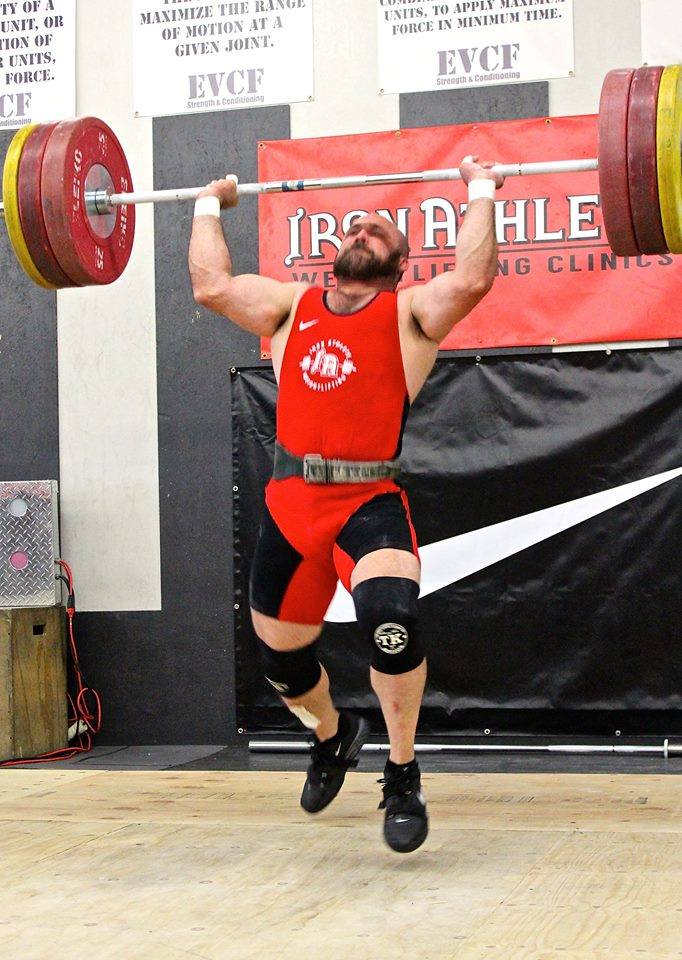 nce, Auburn University 1997
nce, Auburn University 1997
-Master of Education, Northern Arizona University 2005
-USA Weightlifting Club Coach 2001
-CrossFit Level 1 Instructor 2009
-USA Weightlifting National Coach 2012
-EVCF Regional Team Coach 2013, 2014, 2015, 2016, 2017
-EVCF CrossFit Games Team Coach 2014
-Masters National Record Holder: Snatch 130kg & Total 287kg (105kg 40-44)
-5 x American Masters Weightlifting Champion
-5 x American Masters – Best Lifter (2 x 35-39yrs, 3 x 40-44yrs)
-3 x Masters Nationals Weightlifting Runner-up
-President of Arizona Weightlifting Federation – LWC 48, 2016-current
